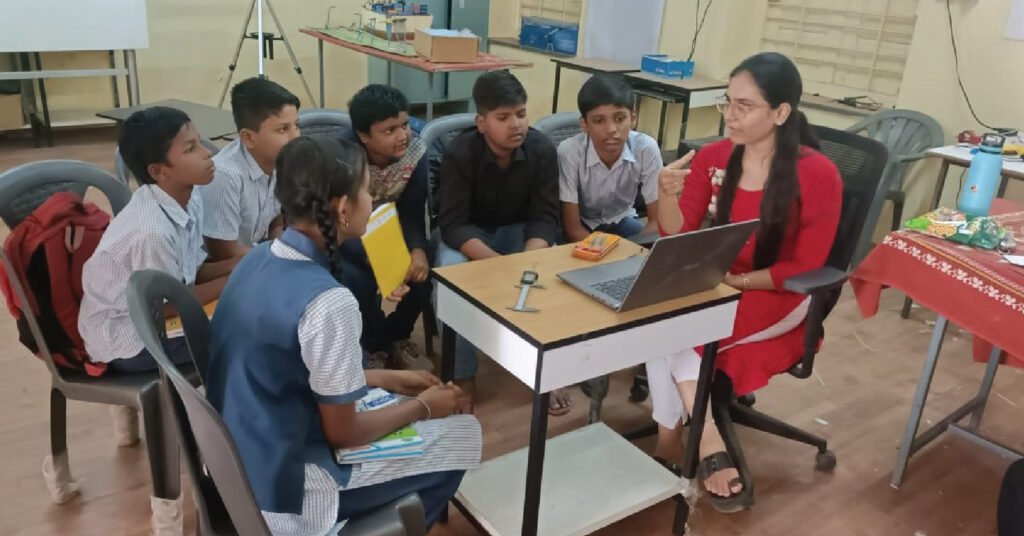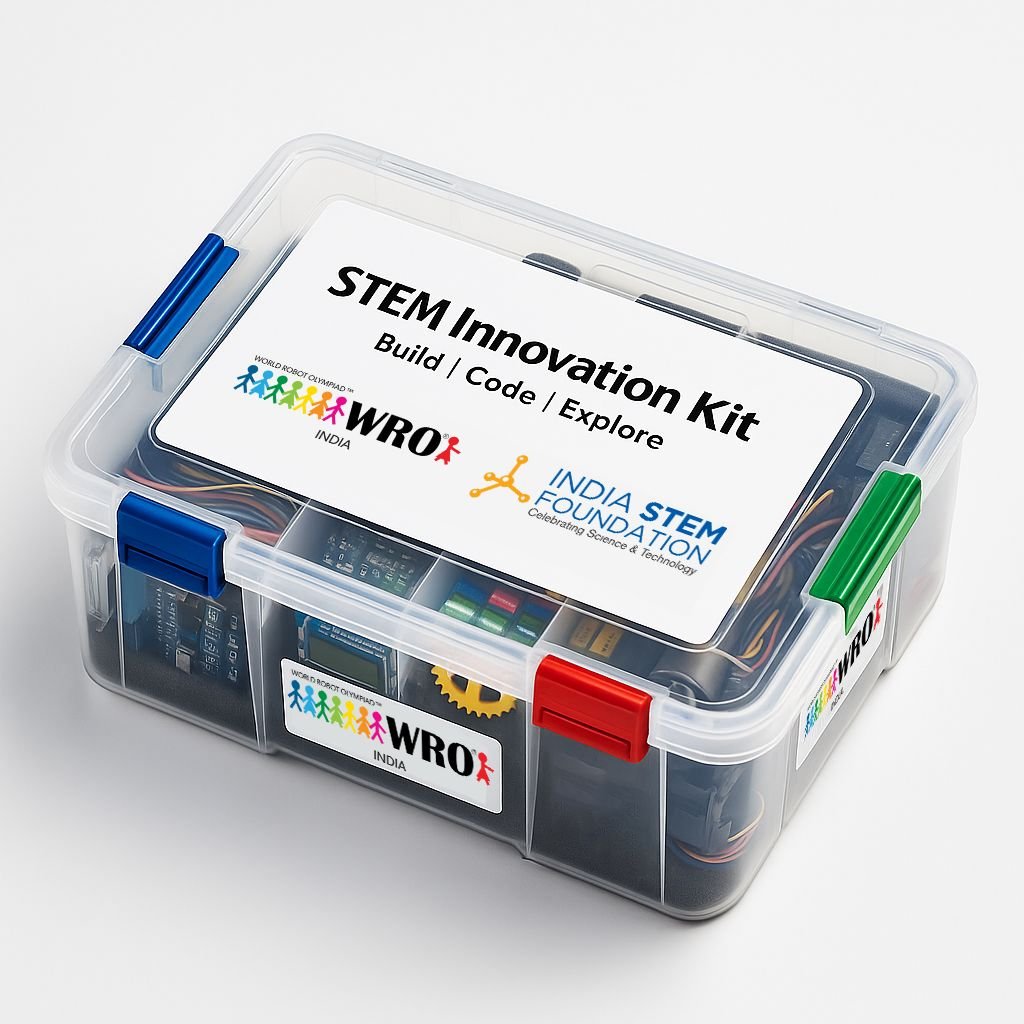In the modern world, STEM fields—science, technology, engineering, and mathematics—have grown in importance. It responds to the urgent need for highly skilled labor in industries vital to innovation, development, and technological advancement. Pupils with a STEM education are more capable of managing difficult circumstances, staying current with technology, and advancing society.
Today, with technology advancing at a rapid pace, STEM education is crucial. It helps students develop their critical thinking skills, which motivates them to investigate, evaluate, and resolve real-world issues. Furthermore, STEM fosters traits like creativity, adaptability, and teamwork—all of which are critical in today’s globally linked and competitive labor market.
Importance of STEM Education
Teaching STEM to children has several benefits that might benefit the entire nation. It first helps to build critical thinking, creativity, and problem-solving skills at a young age. This essential learning experience lays the foundation for future career and academic endeavors.
Second, by engaging in STEM education, children may discover the wonders of science, technology, engineering, and maths in an engaging and interactive way. This sparks curiosity, encourages experimentation, and facilitates discoveries, all of which broaden our understanding of how the world functions. Children who are exposed to STEM courses grow more resilient and adaptable, which better equips them for a workforce that is always evolving as a result of technological advancements. Teachers are also crucial in assisting children in growing their STEM abilities and making sure they are proficient in these important areas.
Importance of Early STEM Education Exposure
It is impossible to overestimate the importance of early STEM exposure in today’s technologically driven, fast-paced environment. Early exposure to STEM courses helps youngsters improve their critical thinking, creative problem-solving, and brain development—all important skills in an increasingly technologically advanced society. Early STEM education is essential for giving kids the information and abilities they need to prosper in a world that is changing quickly. Children who are exposed to STEM subjects from a young age have a stronger knowledge of mathematical ideas, scientific principles, and technological advancements.
Fostering Creativity and Innovation: Ingenuity and inventiveness are essential to entrepreneurship. STEM education fosters a mentality of creation that is essential for achieving success as an entrepreneur by encouraging experimentation, discovery, and unconventional thinking. It provides pupils with the knowledge and abilities to recognize issues, come up with solutions, and innovate successfully by encouraging a culture of inquiry and discovery.
Versatility and Interdisciplinary Approach: STEM education’s interdisciplinary approach bridges the gaps between several professions to provide a thorough understanding of complicated problems. Since entrepreneurs usually operate at the nexus of many domains, STEM education equips them with the knowledge and abilities to synthesize concepts from other disciplines to create novel solutions.
Technical expertise and adaptability: In this day of modern technology, entrepreneurs need to be well-versed in technology. People may learn how to leverage innovations to drive creativity and become technologically savvy through STEM education. Additionally, it promotes adaptability, which helps company owners navigate rapidly changing technological landscapes.
Creating 21st-Century Skills: Technical coursework is only one aspect of STEM education. It refined 21st-century skills, including communication, cooperation, and critical analysis. These skills are critical for entrepreneurs because they need to communicate ideas effectively, work with a range of teams, and evaluate opportunities and market demands.
STEM Labs’ Place in Schools: Advanced instruments such as 3D printers, simulation software, and microscopes are installed in STEM laboratories to provide students with practical experiences that are essential for a thorough understanding of scientific ideas. Students may explore and create in these laboratories, which offer an immersive learning environment that helps them further reinforce their mastery of STEM disciplines.
The Significance of Robotics and STEM Competitions
It’s critical to compete in robotics and STEM activities in today’s school setting. These contests, such as WRO India and the World Robot Olympiad, are crucial for fostering in students a sense of creativity, problem-solving abilities, and teamwork. Taking on these problems not only increases technical skills but also encourages creativity and critical thinking. These activities also provide students with a platform to showcase their abilities, gain practical experience, and think about jobs in STEM fields. All things considered, competitions in STEM and robotics have a significant beneficial influence on the advancement of technology and the development of a trained workforce.
The World Robot Olympiad (WRO) India is a renowned platform for young inventors to showcase their abilities in robotics and STEM fields. WRO India uses challenging competitions and interesting events to foster participants’ creativity, problem-solving skills, and teamwork. This prestigious event encourages students to learn more about the exciting area of robotics and fosters an inventive culture. WRO India places a strong emphasis on education and skill development in an effort to create the next generation of technology leaders and innovators. WRO India plays a critical role in shaping the trajectory of STEM education in the country by providing opportunities for collaboration and learning.
STEM’s Effect on Society
By advancing technology and tackling important concerns, STEM education has a significant influence on society. A strong STEM education system is the foundation for innovations in artificial intelligence, renewable energy, and healthcare. We can develop a generation of innovators and problem solvers who will influence our future by encouraging persistence in STEM education.
STEM education and STEM courses equips students with the skills needed for various careers in engineering, technology, healthcare, science, and mathematics. For example, mechanical engineers, software developers, biomedical researchers, and data analysts all rely on a strong STEM foundation. By fostering these skills, STEM programs prepare students for the evolving job market and ensure they are ready to tackle future challenges.
To sum up, STEM education promotes creativity and critical thinking, which is essential in today’s environment. Children who are exposed to STEM courses early on develop problem-solving abilities and are better equipped to face future obstacles. The multidisciplinary thinking and creativity that STEM education fosters are crucial for entrepreneurship. In STEM laboratories, practical experiences augment comprehension, and robotics contests cultivate inventiveness and collaboration. In the end, STEM education propels society forward by training students in a variety of professions and using technical breakthroughs to address urgent concerns.




